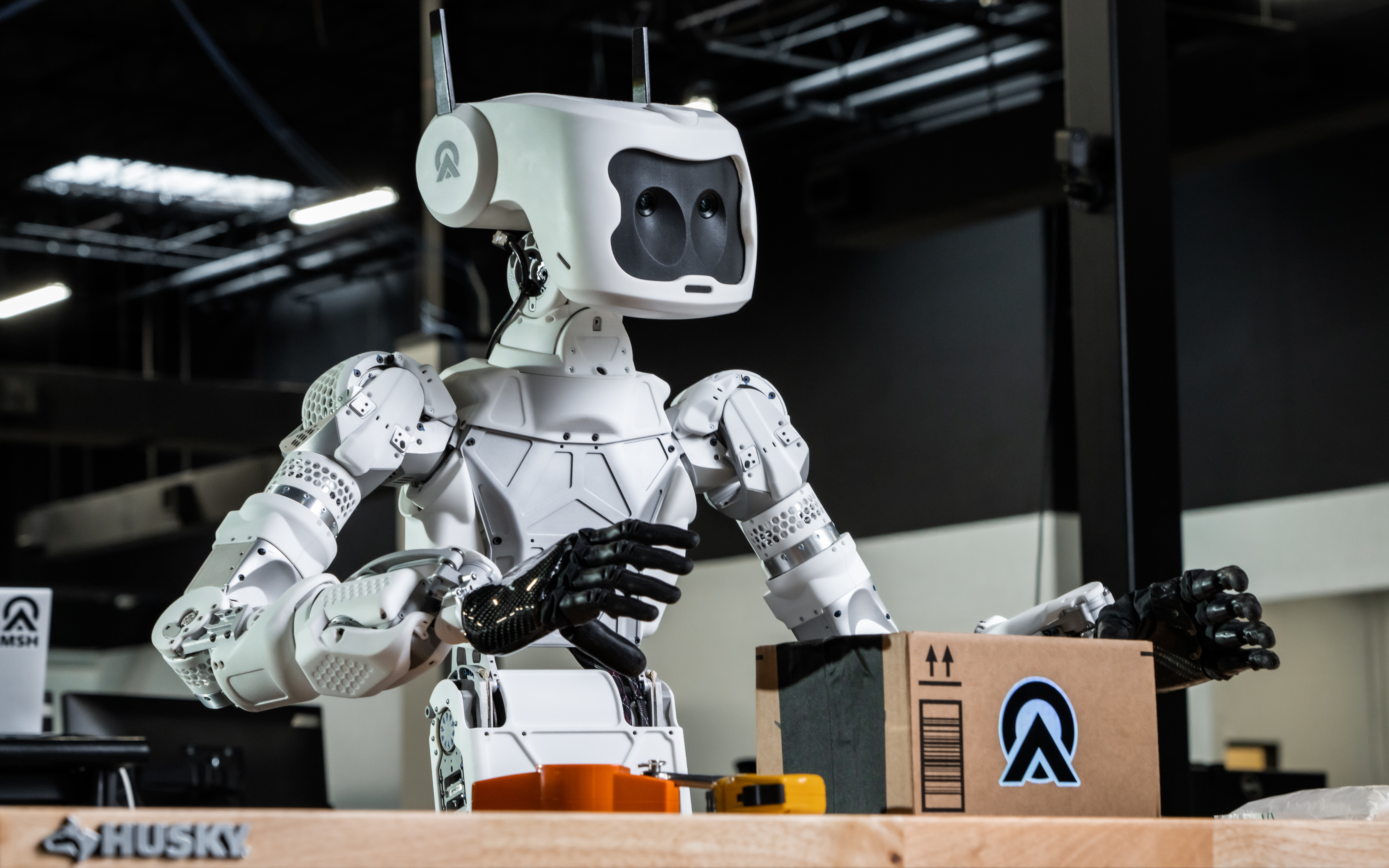The robotics industry loves a good, healthy conversation. Of late, one of the most intense centers around humanoid robots. It’s been a big topic for decades, of course, but the recent proliferation of startups like 1X and Figure — along with projects from more established companies like Tesla — have put humanoids back in the spotlight.
Proponents of the form factor point out that we have built our world to fit ourselves, so it makes sense to build robots like us to fit it. There are also some advantages in terms of access, the ability to climb stairs and the dexterity that comes with our design.
Of course, anyone who tells you that the human body is the pinnacle of organic machinery is either misinformed or lying to you. I’ve spent the past year dealing with something called “degenerative disc disease,” a perfect testament to our imperfect design.
Image Credits: Agility Robotics (opens in new window)
The form factor also bucks decades of conventional wisdom that has championed single-use robots – that is, machines built to do one thing exceptionally well many times. And then there’s the whole “general purpose” part, which tends to get mixed up with little thought to its underlying complexity.
Humanoid robots can, however, now claim a big tech name in their ranks. Bill Gates this week issued a list “Modern robotics startups and labs I’m excited about.” Among the names are three companies focused on humanoid development. First and foremost is Agility, whose robot Digit is the least human-like of the three. Also included are Apollo-maker Apptronik and UCLA’s RoMeLa (Robotics and Mechanisms Lab), which is behind the football playing ARTEMIS.
Here’s what Gates has to say about Apptronik,
What is more useful: multiple robots that can each do one task over and over again, or one robot that can multitask and learn to do even more? For Apptronik, an Austin-based start-up that grew out of the human-centered robotics lab at the University of Texas, the answer is obvious. So they’re building “general-purpose” bipedal humanoid robots like Apollo that can be programmed to do a wide range of tasks—from carrying boxes in a factory to helping with chores around the house.
Writing for Agility, he notes, “If we want robots to function in our environment as seamlessly as possible, perhaps those robots should be modeled after humans.” Digit is currently ahead of the pack in terms of real-world deployments, including a recent pilot in Amazon warehouses that helped set the stage for Figure’s recent deal with BMW.
Other companies mentioned in the piece include robotic perception company Field AI and Tevel, which makes apple-picking drones.
An endorsement like that might not move the needle very far in the humanoid direction, and Gates isn’t very robotic. It is, however, enlightening to see that the form factor continues to gain more legitimacy every day.

